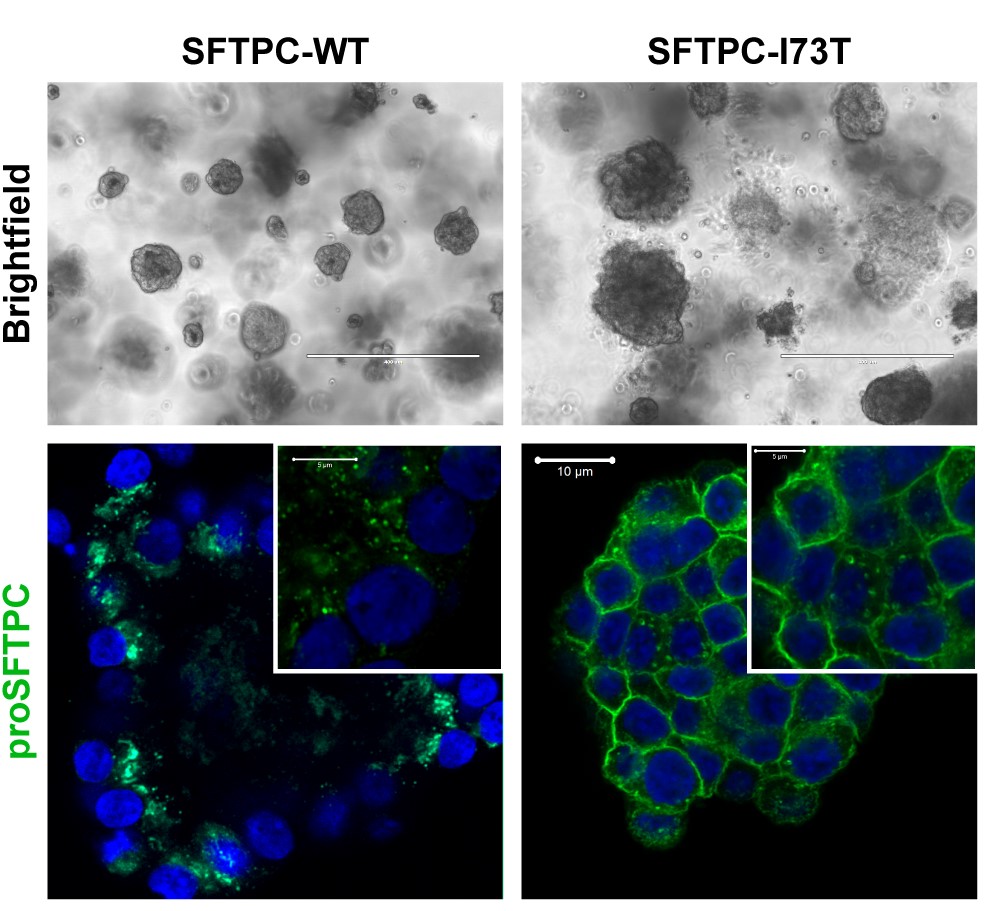
Submitted by J. Grosse on Mon, 29/04/2024 - 11:02
The medical research charity LifeArc has announced the launch of four new Translational Centres for rare diseases. One of these, The National Translational Centre for Rare Respiratory Diseases, will be co-led by CIMR PI Prof Stefan Marciniak, with Dr Jennifer Dickens also contributing her expertise.
Dr Jennifer Dickens' research involves miniaturised 3D versions of the lung. This new model which will enable her to investigate how genetic variations cause lung cells to ‘misbehave’ leading to scarring of the tissue, and she was recently awarded a a Mike Bray Fellowship from APF to fund this work.
Worldwide, over 300 million people are living with rare diseases. Research into these diseases can be fragmented, but these new centres, which partner Universities and NHS Trusts across the UK, will provide patients with a single ‘go to’ centre connecting them with clinical experts and researchers.
Head of Rare Disease at LifeArc Dr Catriona Crombie, says: “We’re extremely proud to be launching four new LifeArc Translational Centres for Rare Diseases. Each centre has been awarded funding because it holds real promise for delivering change for people living with rare diseases.”
CT scan of a patient with Birt-Hogg-Dubé syndrome, a rare adult-onset genetic disorder which affects various organs including the lungs.
The centre will also create a UK-wide biobank of patient samples and models of disease, helping to facilitate development of clinical studies and hopefully new therapies.
Professor Marciniak said: “There are many rare lung diseases, and together those affected constitute a larger underserved group of patients. The National Translational Centre for Rare Respiratory Diseases brings together expertise from across the UK to find effective treatments and train the next generation of rare disease researchers.”




